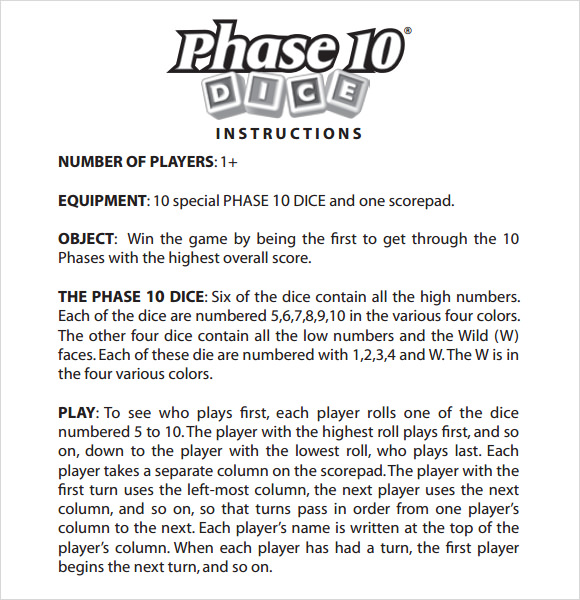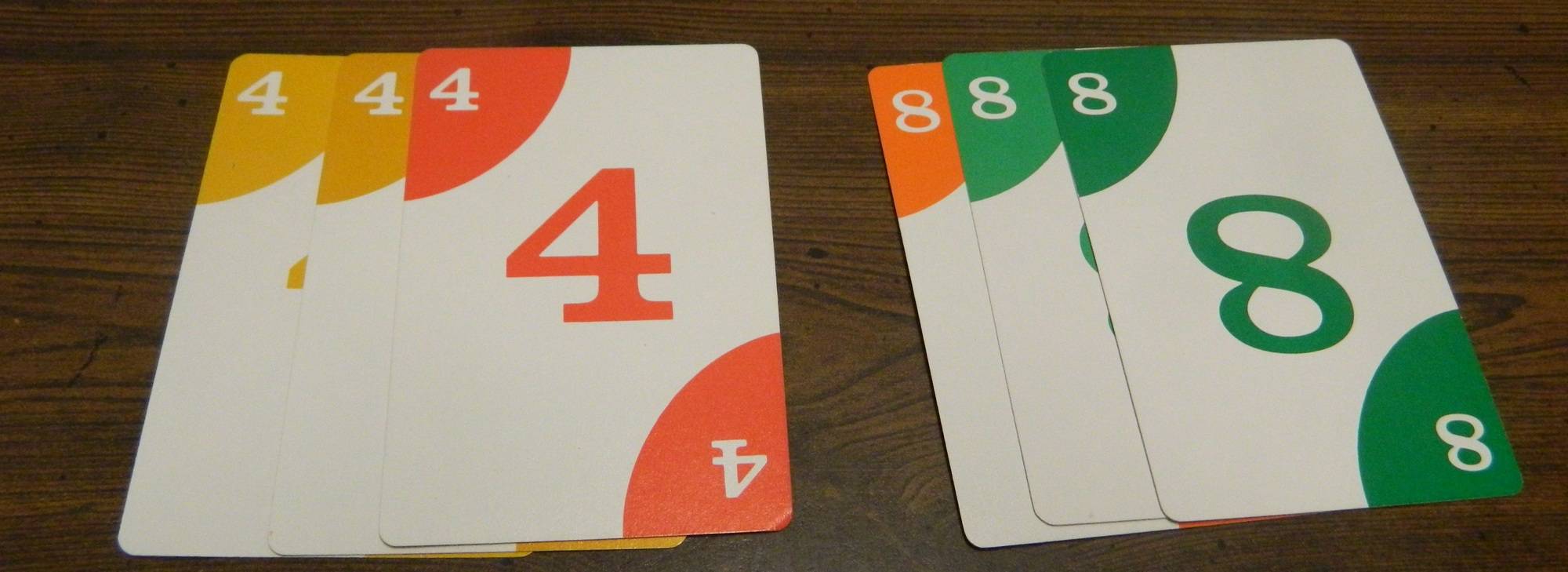

The advantage of saving cards is that players may use them later. Players are allowed to save only one card per hand, players are allowed to look at their own saved cards at any time, but they can not look at any other player's saved cards. The player should then place the card in their Save Pile, when a player saves a card it counts as their discard for that turn, so their turn is over. Saving Cards & Save PileĪ player may save a card any time during their turn by saying 'save'. Once a player completes a phase, the player will move the Phase Card to their completed Pile. Several players will often complete a phase in the same hand. The player does not need to win the hand in order to receive credit for the completed phase. Only one phase can be made (completed) per hand, if a player successfully makes a phase in a hand, then the player will wait until that hand is finished before choosing a phase to attempt for the next hand, if a player fails to make the phase in a hand, the player must remove the phase Card from their Active Pile and place it in their Phase Pile.Ī player receives credit for making a phase as soon as the player lays down the phase. Note: A player may never lay down part of a phase, but must have the whole phase in hand before laying it down.Ī player may lay down more than the minimum requirements of a phase but only if the additional cards can be directly added to the cards already in the phase. Each player starts the game with ten Phase Cards, one for each of the ten phases. Each phase is described on the Phase Cards. The player ends the turn by discarding one card of choice onto the Discard Pile or adding it to their Save Pile. In turn, a player draws a card-either the top card from the Draw Pile or the top card from the Discard Pile or one of their cards from the Save Pile-and adds it to the player's hand. Once all players have placed a Phase Card in their Active Pile, play begins. Play begins with the player to the left of the dealer playing first Play continues in a clockwise direction, in turn each player examines their hand and Phase Cards and determines which phase he/she will attempt by placing the appropriate Phase Card in the Active Pile in the Play Area. The top card of the draw pile is turned over and placed face-up next to the draw pile, to become the discard pile. The remaining deck is placed face down in the center of the play area, to become the draw pile. Players hold their cards in hand, so that the other players cannot see them. Card game requires 2 to 6 players and is designed for children ages 7 and above.One player is chosen to be the dealer, who shuffles the deck and deals each player a hand of ten cards.

Be the first person to complete all 10 phases to win the game. A Wild card can be used in place of a number card, as well as be used as any color to complete any phase, while a Skip card causes your opponent to lose a turn.


Each deck features Wild and Skip cards, which add excitement and can help you get out of a sticky situation. Players who complete one phase advance to the next, but those who don't must keep trying until they do. The twist is that each phase to be completed is specific for each hand dealt. A phase is a combination of cards and can be composed of sets (multiple cards of the same value), runs (multiple cards in consecutive ascending order), cards of one color, or a combination of these. Phase 10 is the rummy-type card game where players compete against one another to see who can complete 10 varied phrases first.


 0 kommentar(er)
0 kommentar(er)
